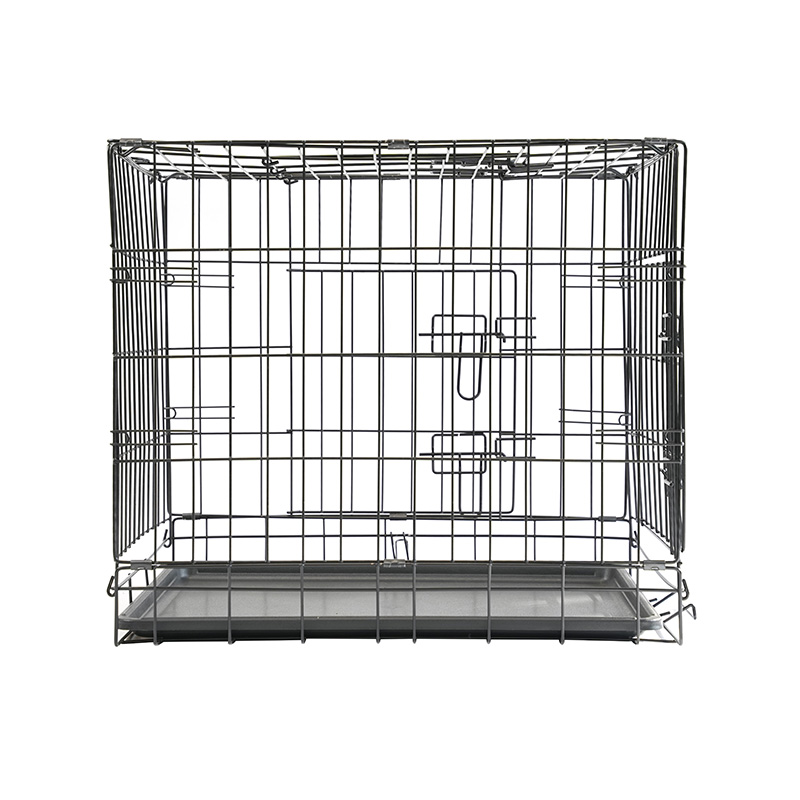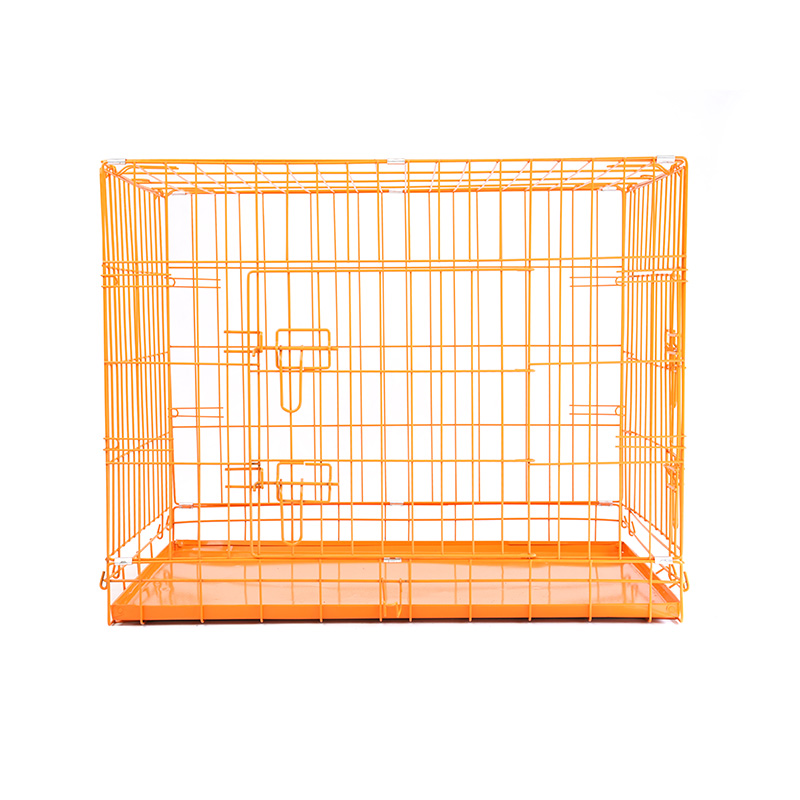- Type:
- Industry News
- Date
- 2025-May-15
Can the Heavy Dog Exercise Cage effectively reduce behavioral problems in large dogs?
1.Addressing Canine Anxiety Through Movement: The Role of Exercise in Dog Wellbeing
1.1 The Hidden Costs of Inactivity in Large Breeds
Modern large-breed dogs, often chosen for their strength and loyal nature, are increasingly confined by urban living spaces and time-poor owners. This imbalance between energy and activity often leads to anxiety, as dogs are unable to fulfill their innate need for physical exertion. This unspent energy can manifest in destructive or erratic behaviors, creating challenges for even the most dedicated pet parents.
1.2 Understanding the Link Between Movement and Mental Health
Just as humans require exercise for mental balance, dogs—especially high-energy and working breeds—depend on movement to regulate mood and behavior. Prolonged physical inactivity can result in neurochemical imbalances that increase stress levels, leading to symptoms such as restlessness, obsessive pacing, or aggressive outbursts.
1.3 Creating a Healthy Routine Through Targeted Exercise
Establishing a regular, controlled form of physical activity not only prevents behavioral issues but also contributes to long-term mental health. Structured exercise routines help condition dogs to expect periods of activity, reducing random outbursts and increasing their ability to stay calm indoors.

2.Introducing the Heavy Dog Exercise Cage: A Safe Haven for Energy Release
2.1 A Structured Environment for Controlled Freedom
The Heavy Dog Exercise Cage offers a spacious, enclosed area where dogs can stretch, play, and move without the risks associated with uncontrolled outdoor environments. Unlike leashed walks or unpredictable play parks, this specialized enclosure provides a predictable setting for physical activity, ideal for maintaining both safety and consistency.
2.2 Enabling Energy Burn Without Overexcitement
For many large or excitable dogs, unstructured freedom can lead to overstimulation rather than calmness. The Heavy Dog Exercise Cage minimizes excessive stimuli, allowing dogs to self-regulate through play and movement. This encourages steady, meaningful activity that leads to true energy release—not just hyperactive episodes.
2.3 Reducing External Stressors and Environmental Anxiety
Urban environments often present challenges like traffic noise, unfamiliar animals, or sudden distractions, which can trigger anxiety in sensitive dogs. The Exercise Cage shields dogs from these factors, offering a calm, enclosed space where they can focus solely on their body’s need to move and de-stress.

3.Preventing Problem Behaviors with Targeted Energy Management
3.1 Proactive Prevention of Destructive Tendencies
When excess energy goes unmanaged, it often turns into behavioral issues like chewing, digging, barking, or aggression. The Heavy Dog Exercise Cage combats this by giving dogs a designated outlet for their natural behaviors—jumping, running, pacing—before they manifest in problematic ways inside the home.
3.2 Emotional Stability Through Regular Activity
Beyond physical health, regular cage-based activity plays a key role in stabilizing a dog’s emotional state. Consistent energy expenditure helps lower cortisol (the stress hormone), leading to a calmer temperament and reducing triggers for aggressive or nervous reactions.
3.3 Enhancing the Owner-Dog Relationship
A dog that is emotionally balanced and behaviorally consistent is easier to train, live with, and bond with. By addressing the core issue of unmet exercise needs, the Heavy Dog Exercise Cage helps owners enjoy a more harmonious relationship with their pets, making everyday interactions more rewarding for both sides.

 Inquiry
Inquiry

 English
English 中文简体
中文简体 Deutsch
Deutsch






